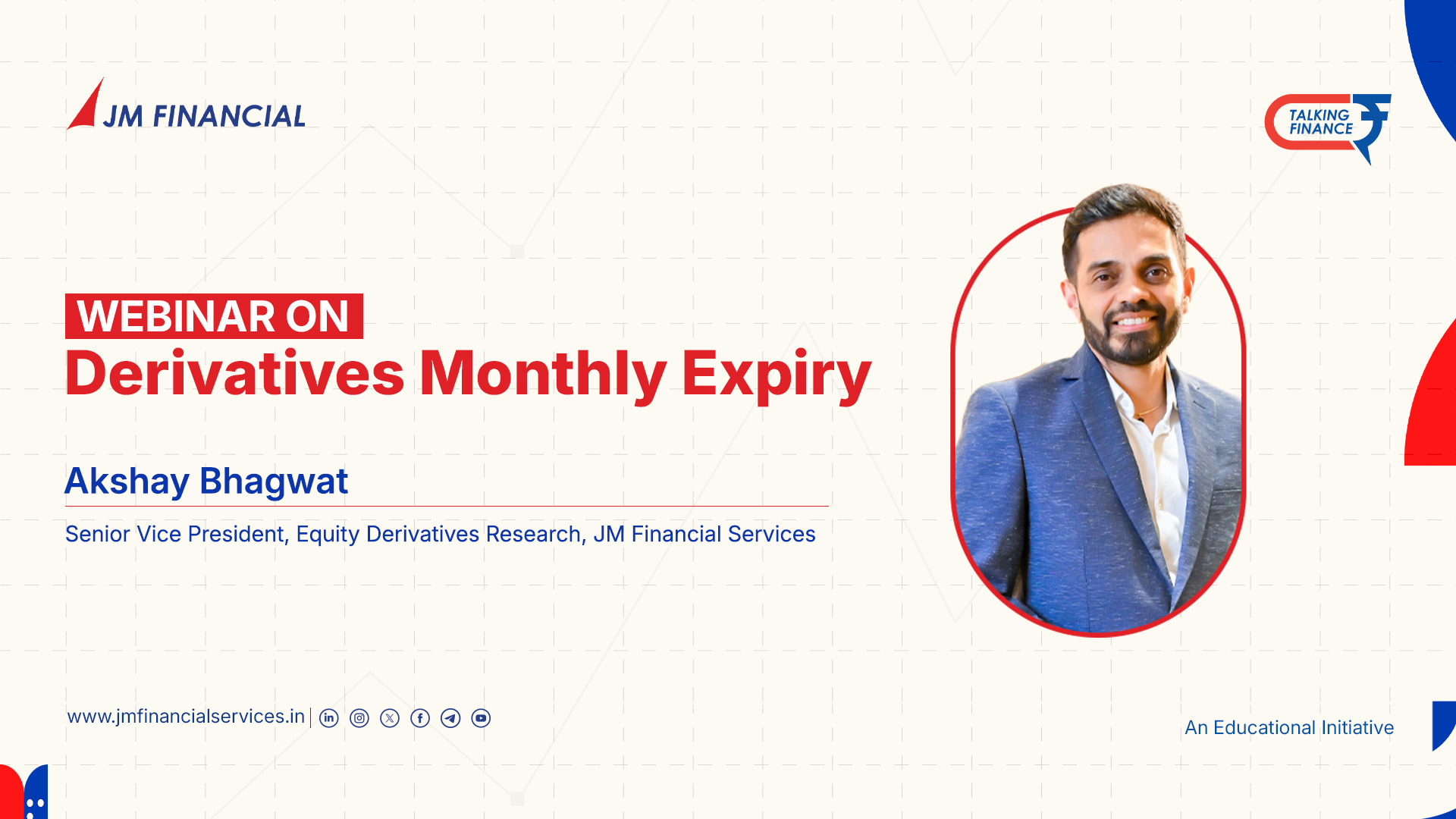Behavioral Finance Strategies
Behavioural finance blends psychology and economics to explain why investors often make irrational decisions. Even seasoned market participants fall prey to emotions and cognitive biases—such as overconfidence, herd mentality, and loss aversion—that affect investment outcomes. Applying behavioural insights can help you build better financial habits, reduce costly mistakes, and achieve more rational long-term success.
Key Behavioural Finance Strategies for Better Investing
1. Self-Awareness and Bias Recognition
- Track your investment decisions and reflect on why you made them.
- Journaling helps reveal patterns—like chasing trends or holding onto losing stocks due to overconfidence or loss aversion.
2. Automate Investments to Override Impulses
- Use systematic plans like SIPs or automatic rebalancing.
- Set and stick to your asset allocation regardless of market “noise.”
3. Diversification
- Spread investments across sectors, asset classes, and geographies to reduce risk and buffer against emotional reactions when a single investment performs poorly.
4. Long-Term Focus
- Visualize and commit to your financial goals.
- Ignore daily market volatility—resist panic selling in downturns or FOMO buying during rallies.
5. Education and Continuous Learning
- Stay informed about behavioural biases and financial planning.
- Read market research, take workshops, and follow reliable news sources.
6. Build an Investment Policy Statement
- Define your financial goals, risk tolerance, and rules for making changes.
- An IPS helps anchor decisions and protect you from emotional trades during market swings.
7. Prepare for Downturns
- Practice scenario planning—know in advance how you’ll respond to market corrections so you aren’t caught off-guard.
8. Commitment Mechanisms
- Use “choice architecture” and commitment contracts (e.g., automatic contributions or blocking yourself from frequent trading) to stick to your plan.
JM Financial Services, in its market insights and investor education initiatives, advocates applying behavioural finance principles for building lasting wealth. Their experts recommend automating investments, maintaining diversified portfolios, and focusing on long-term goals—key behavioral strategies proven to minimize the impact of emotional decision-making. JM Financial features these behavioral tips in investor webinars and educational blogs for retail and HNI clients.
FAQs
Q1: What is behavioral finance?
A: Behavioral finance studies how psychological factors and biases (like overconfidence or loss aversion) influence financial decisions and market outcomes.
Q2: How do biases impact investment success?
A: Biases can lead to impulsive buying, panic selling, and over-trading—all of which erode returns and increase risk.
Q3: What practical steps can overcome biases?
A: Automate investments, keep a decision journal, diversify your holdings, and commit to an investment policy statement.
Q4: Is behavioral finance relevant for Indian investors?
A: Absolutely. Emotional reactions to market trends are common globally and in India. Understanding behavioral finance helps build rational habits for every investor profile.
Q5: How can I learn more from JM Financial?
A: JM Financial offers investor education, market insights, and webinars covering behavioral finance tools and practices. Visit their website or attend events for resources and guidance.
- PAN Card
- Cancelled Cheque
- Latest 6 month Bank Statement (Only for Derivatives Trading)





